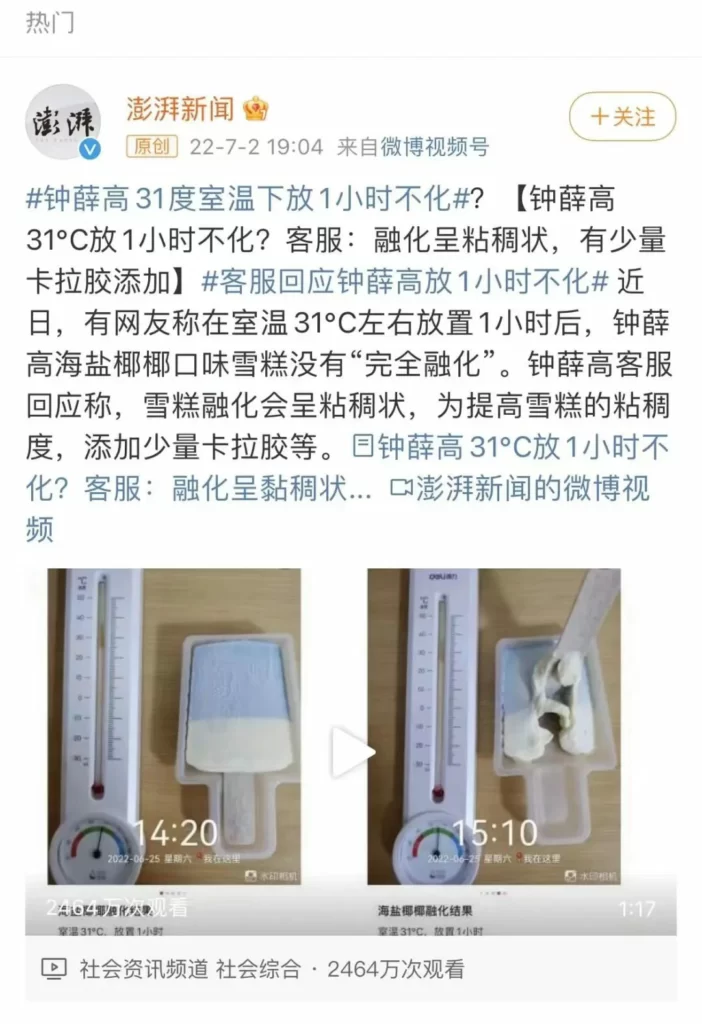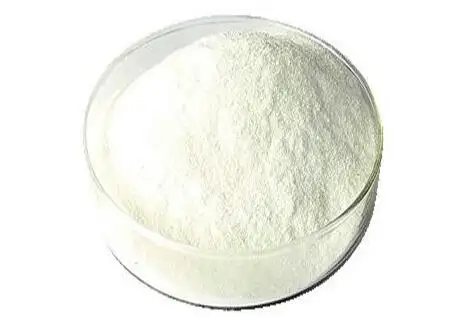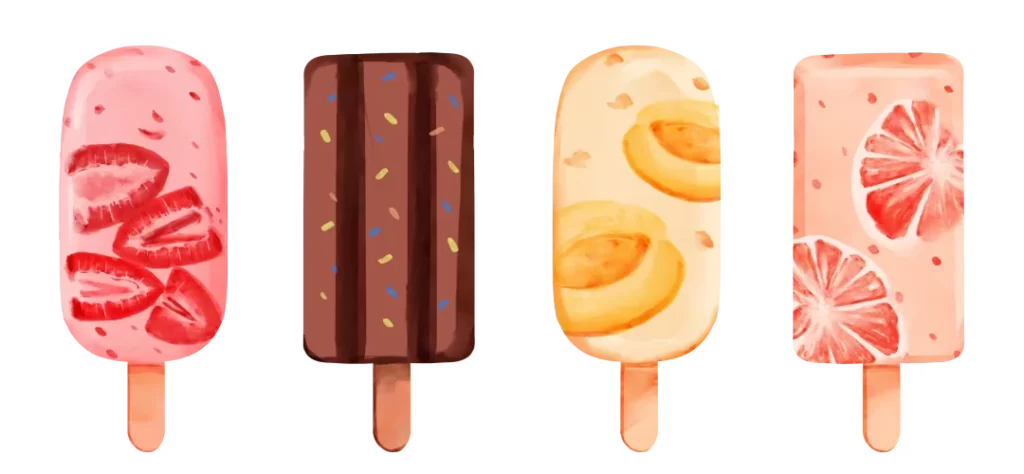Ice cream 31 ℃ put 1 hour does not melt, what is added inside the “carrageenan“? The secret of “ice cream assassin”
Some users claim that after being placed at room temperature of about 31 ℃ for 1 hour
Zhong Xue Gao ice cream did not “completely melted”
The news immediately caused a lively discussion among netizens

In response
Zhong Xue Gao responded by saying
All ice-cream products are produced legally and in accordance with national standards
When melted, it will appear sticky
It is because of the addition of a small amount of additives such as carrageenan

Once that response came out
Many netizens questioned the “carrageenan”
What exactly is carrageenan?
Is there any harm to human body?
The answer is here
What is carrageenan?

Carrageenan is a high molecular hydrophilic polysaccharide extracted from red algae, which is widely used in biochemistry, food industry, daily chemical industry and medical research.
In 2001, the International Food and Agriculture Organization and the World Health Organization Expert Committee on Food Additives (JECFA) lifted the rules on the Acceptable Daily Intake (ADI) of carrageenan and confirmed its safety and reliability as a food additive.
According to China’s current Food Safety National Standard for Food Additives (GB 2760-2014), carrageenan is a food additive legally used in China, and is a substance that can be used in thin cream, butter and butter concentrate “in appropriate amounts according to production needs”.
Carrageenan is used in ice cream production to increase the formability and anti-melting properties of ice cream and to improve the stability of ice cream during temperature fluctuations. Therefore, adding the right amount of carrageenan to ice cream has an improved effect on the product structure.

Is carrageenan harmful to humans?
When it comes to “glue”, many people will be associated with glue or chemical materials, but not, the current national approval of the use of thickeners, with the word “glue” about 20 kinds, including the most from plant extracts.
Carrageenan is widely used as a food additive and is allowed to be added to many foods. As long as it is used in a safe proportion according to national regulations, it does not cause harm to human body.
The more additives the more difficult to melt ice cream?
Food additives do play a role in preventing ice cream from melting too quickly. In the food industry, some manufacturers will add emulsifiers, thickeners, stabilizers and other ingredients to enhance the “melting resistance” of ice cream in order to ensure that the product can reach consumers intact.
Appropriate additives can improve the quality and anti-melting properties of ice cream, while too many additives can instead destroy the quality of ice cream, and the actual amount should also take into account factors such as process conditions and cost. In addition, the melting speed of ice cream does not only depend on the food additives, it is related to the raw materials of ice cream, ingredients, product type, processing shape and so on. Therefore, the more additives the more difficult to melt ice cream is not scientific. Translated with www.DeepL.com/Translator (free version)
Therefore, carrageenan is allowed as a food additive in China, and can be used in appropriate amounts according to production needs. Standardized use of food additives, will not cause adverse effects on the human body, moderate consumption is safe.
*Disclaimer: The content contained in this article comes from the Internet, WeChat public numbers and other public channels, and we maintain a neutral attitude toward the views expressed in the article. This article is for reference and exchange only. The copyright of the reproduced manuscript belongs to the original author and the institution, and if there is any infringementPlease contact Jetson Chemical for deletion
